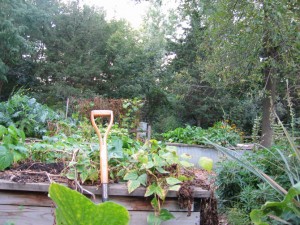Imbolc Waxing Wild Moon
Kate and I reviewed our work on chapter 5 in Wheelock this morning. Then 2,000 words on the novel after the nap. Workout. Sierra Club legcom conference call.
I’ve been reading my fourth Qiu Xiaolong mystery, The Red Mandarin Dress. These are Chief Inspector Chen novels, set in today’s Shanghai. They are interesting mysteries, but even more, they are a window into the struggle between the Maoist era and the contemporary one, a period when revolution ruled the land transformed into one in which to get rich is glorious. These are not easy transitions and they have happened in the blink of an eye in the long history of China.
Asian art and asian culture, especially Chinese history, philosophy and literature have, for a long time, had my attention. In my volunteer work at the MIA I have been allowed to indulge my interest in Chinese, Japanese and South Asian art. This has led to more and more time with asian history, especially Chinese and Chinese poetry. A casual tinkerer in these vast domains, I have only skimmed the top of a way of life radically different from our own, Western culture, yet, even with its differentness, still more like us than not, the human experience inflected, not the human experience transformed.
As I’ve watched the Winter Olympics, it doesn’t take a scholar to notice that its largely a northern hemisphere event. Yes, there are the odd Australians, New Zealanders, but for the the most part it’s North America, Europe and the Asian countries. Just another way in which we are more like than unlike.

 probably means some this fall.
probably means some this fall.